"The process of withdrawing all personnel, weapons and equipment of the Russian peacekeeping force was completed on June 12," AFP quoted information from the Azerbaijani Defense Ministry.
The withdrawal began in April, with an agreement between Russian President Vladimir Putin and Azerbaijani President Ilham Aliyev. Azerbaijani forces had previously seized control of the area from Armenian separatists following an offensive in September 2023.
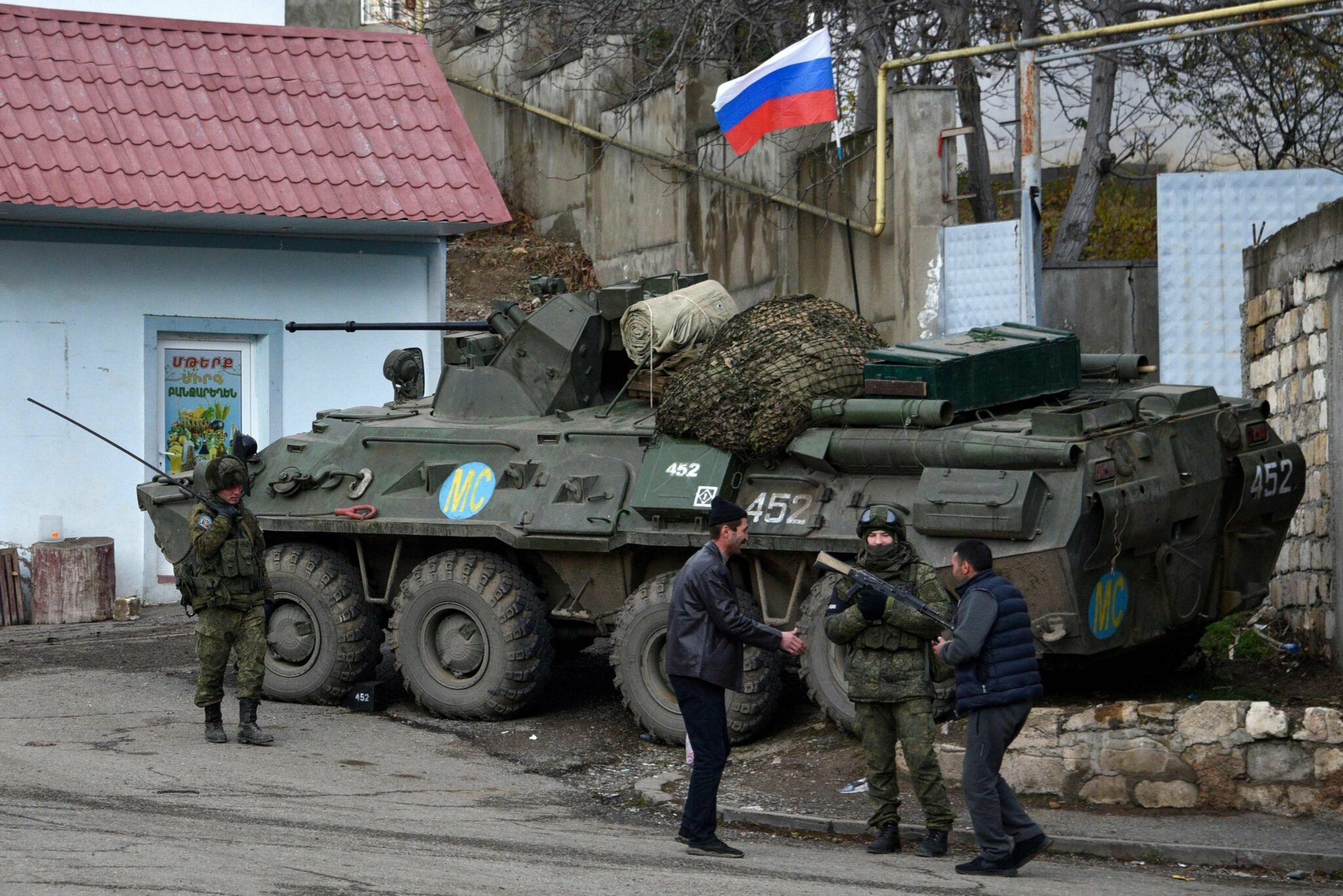
Russian military soldiers and armored vehicles in the Nagorno-Karabakh region
The Armenia-Azerbaijan conflict that erupted in 2020 has left thousands dead. Yerevan and Baku agreed to a ceasefire deal brokered by Russia in November 2020, under which Moscow will send nearly 2,000 peacekeepers to Nagorno-Karabakh to monitor the ceasefire. The original plan was for Russian forces to remain in the region until 2025, but the conflict in Ukraine is believed to have prompted Moscow to withdraw its troops ahead of schedule.
Nagorno-Karabakh is internationally recognised as part of Azerbaijan, despite its ethnic Armenian population. It has been controlled by pro-Armenian separatists for nearly three decades.
The Armenia-Azerbaijan conflict has strained the long-standing alliance between Yerevan and Moscow, with Armenia accusing the Kremlin of failing to protect the country from security threats from Azerbaijan.
After losing Nagorno-Karabakh, Armenia sought to establish new security alliances by strengthening relations with the West.
In May, Armenia returned four border villages to Azerbaijan that it had seized since the 1990s. The move, which Armenian Prime Minister Nikol Pashinyan saw as a basis for reaching a full peace deal with Baku, sparked a wave of protests at home.
Source: https://thanhnien.vn/nga-rut-toan-bo-luc-luong-gin-giu-hoa-binh-khoi-nagorno-karabakh-185240612223242498.htm


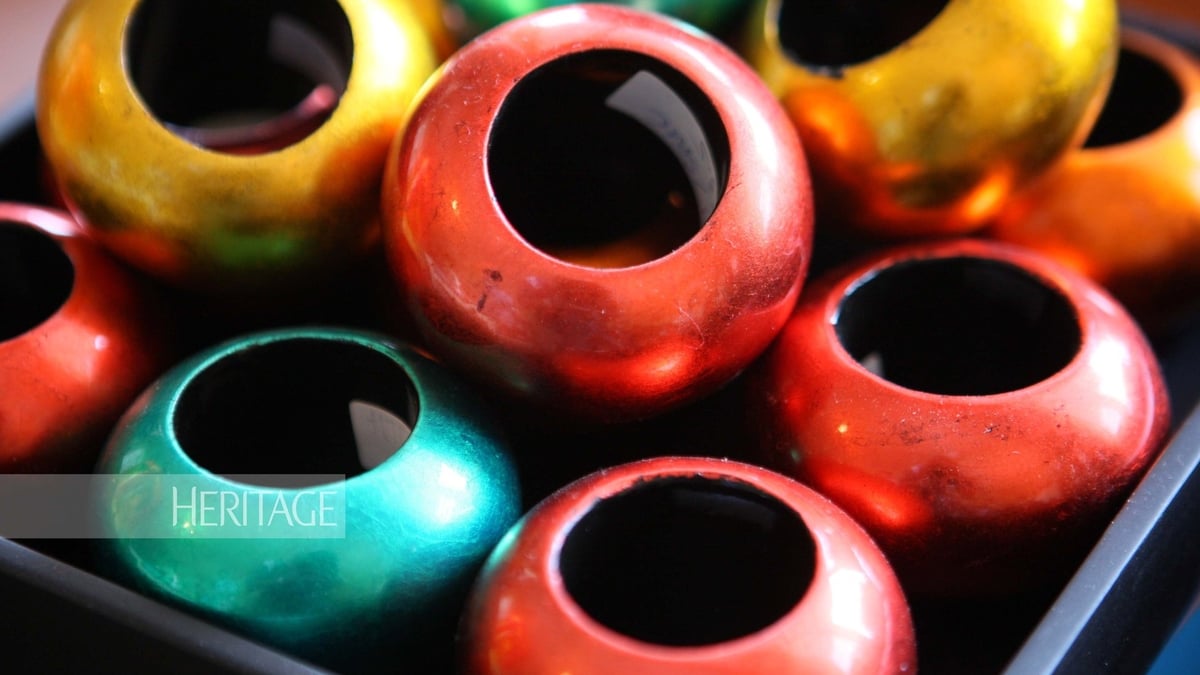


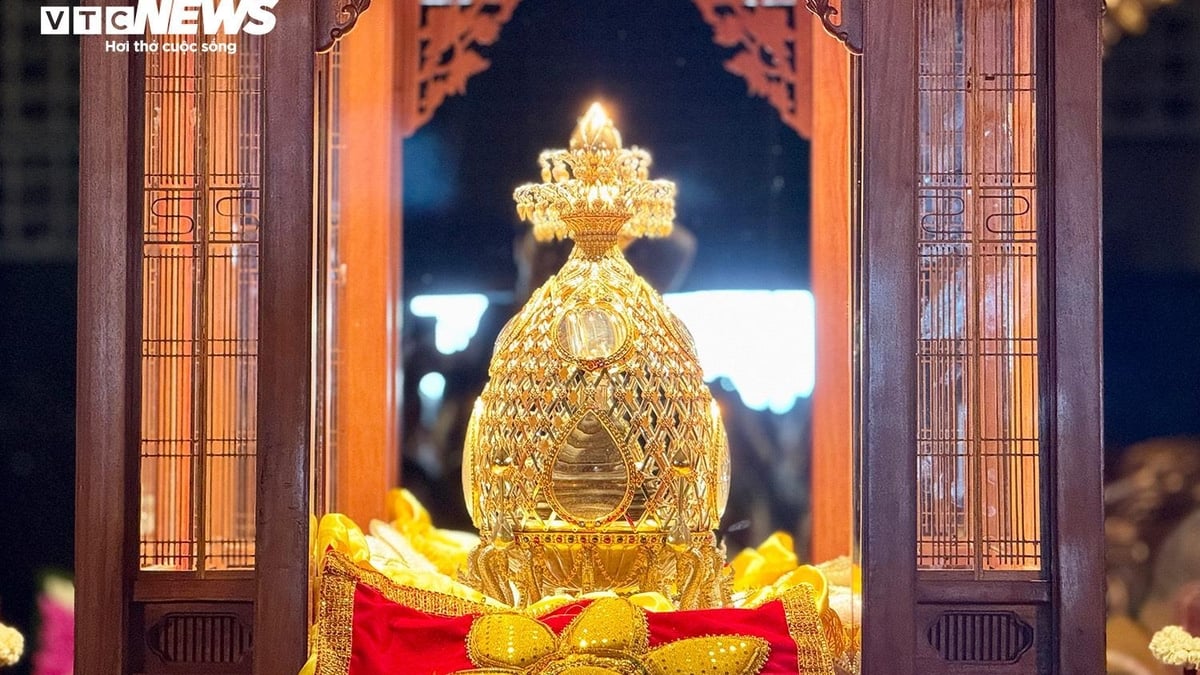
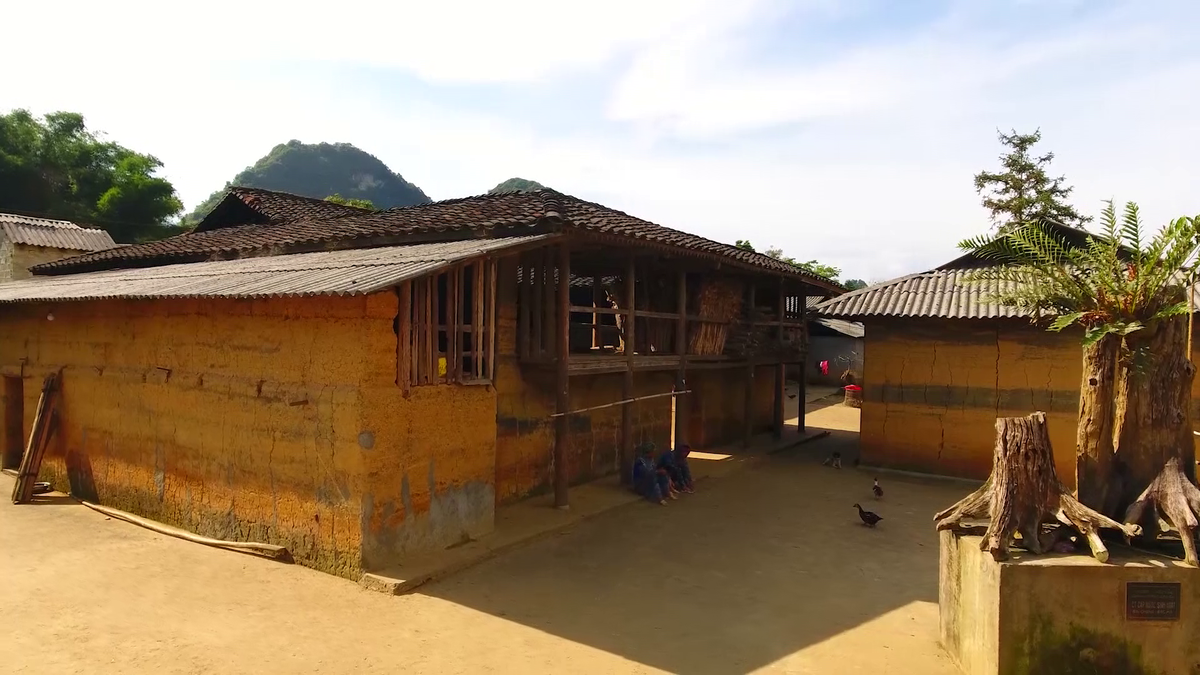
![[Photo] Magical moment of double five-colored clouds on Ba Den mountain on the day of the Buddha's relic procession](https://vphoto.vietnam.vn/thumb/1200x675/vietnam/resource/IMAGE/2025/5/9/7a710556965c413397f9e38ac9708d2f)
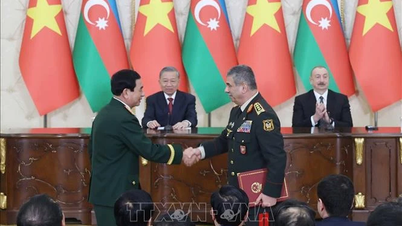

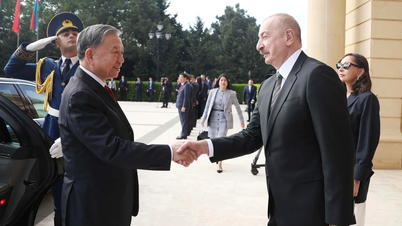
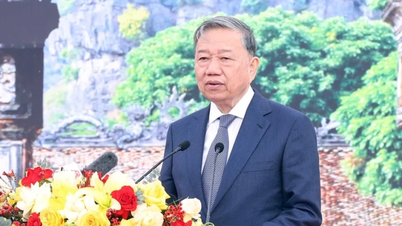

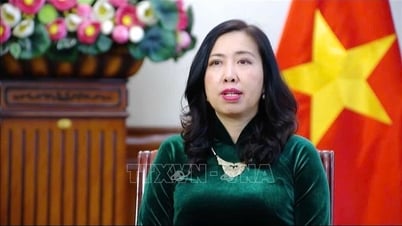

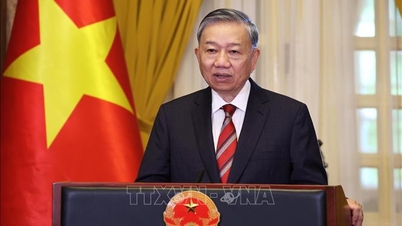
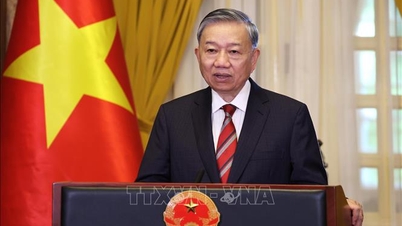

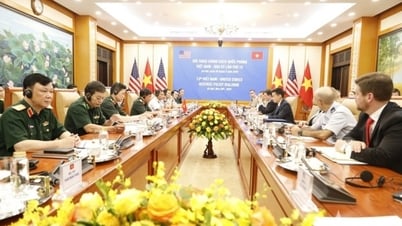


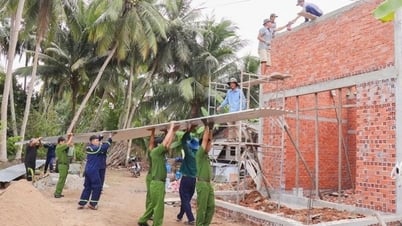
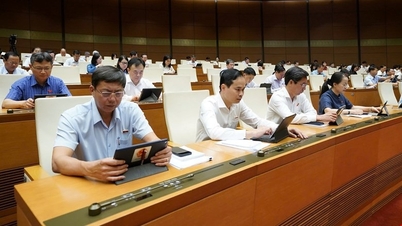
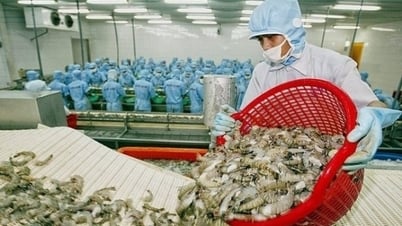








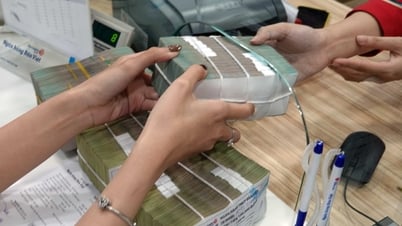

![[Photo] General Secretary To Lam begins official visit to Russia and attends the 80th Anniversary of Victory over Fascism](https://vphoto.vietnam.vn/thumb/1200x675/vietnam/resource/IMAGE/2025/5/8/5d2566d7f67d4a1e9b88bc677831ec9d)

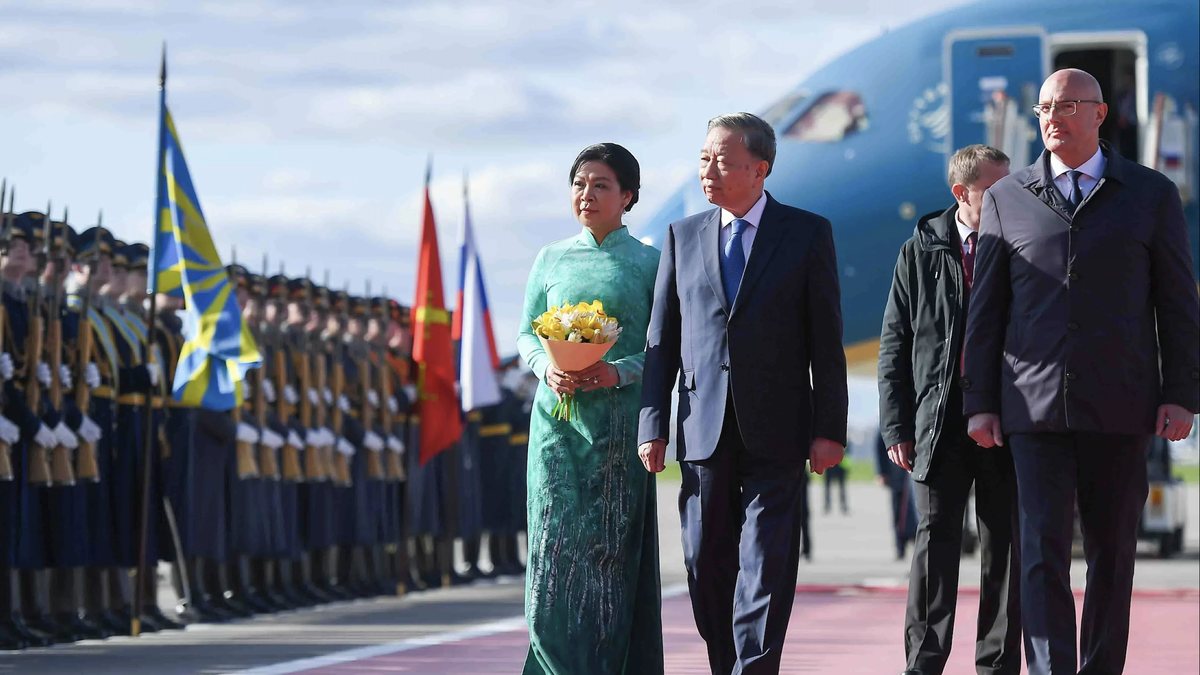
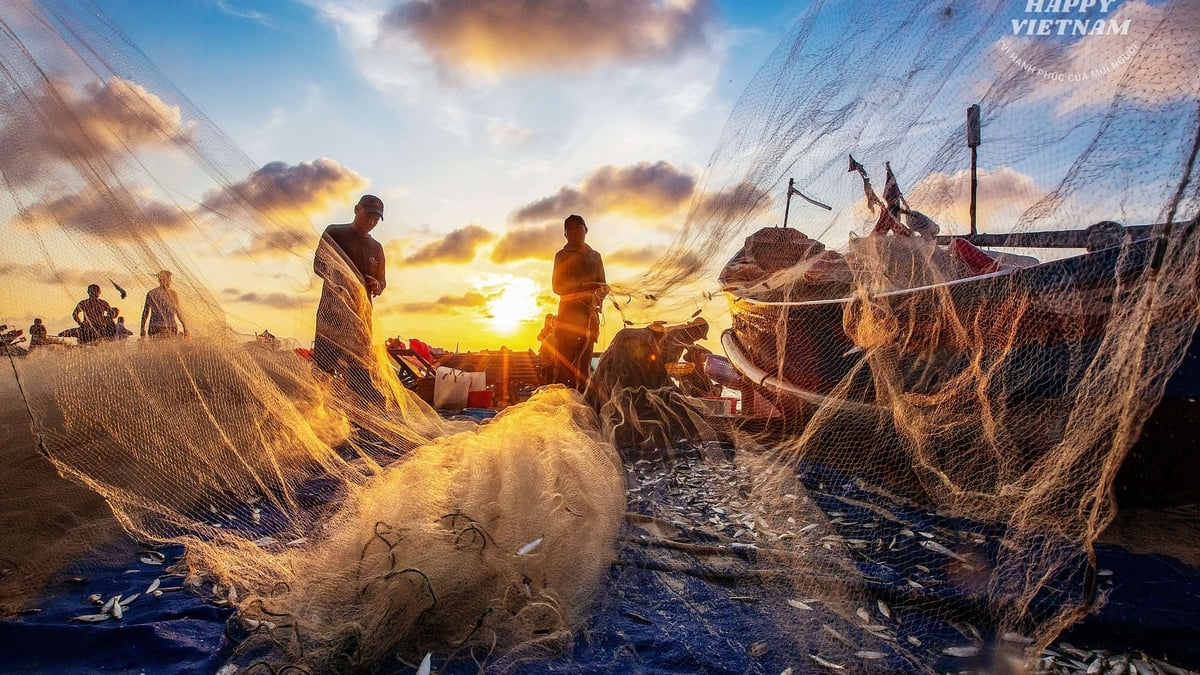


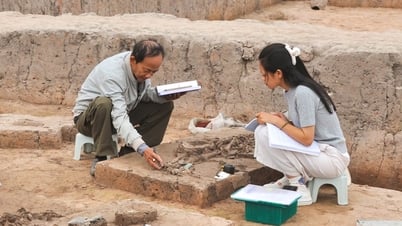


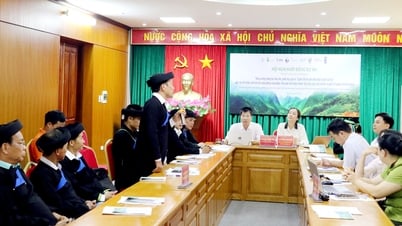

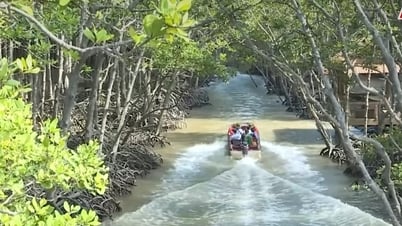

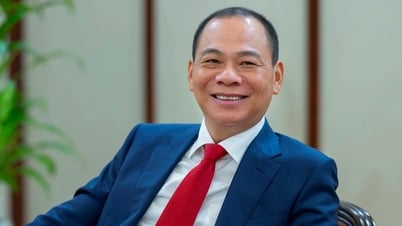



















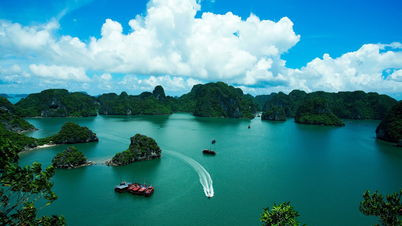
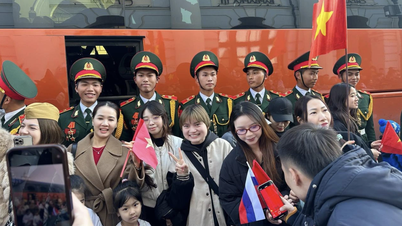
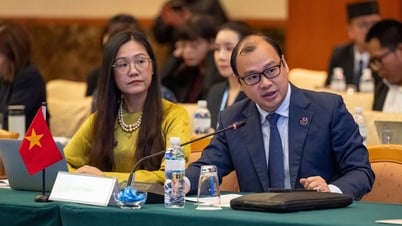

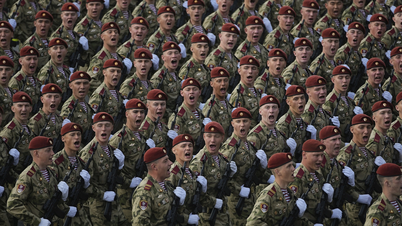





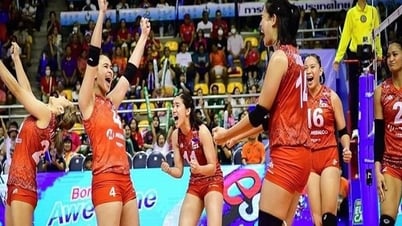
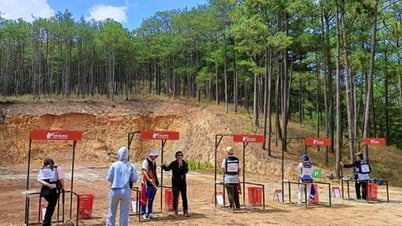
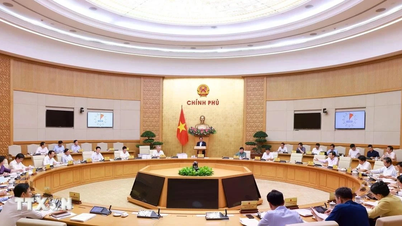

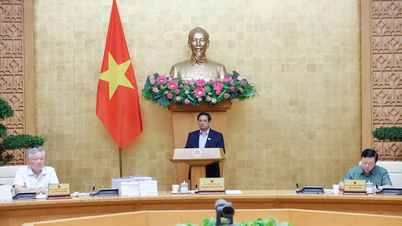

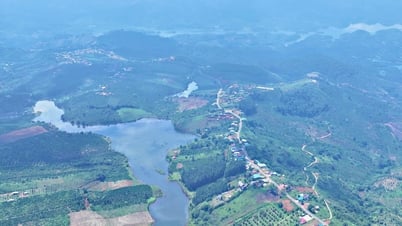

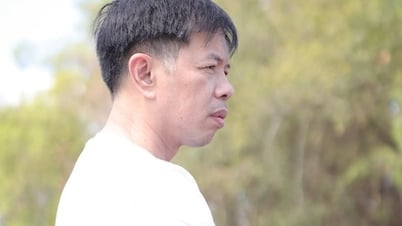

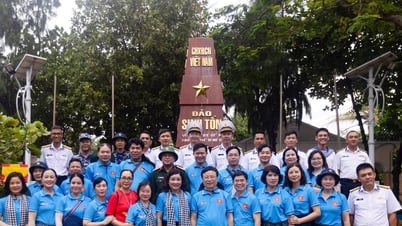














Comment (0)